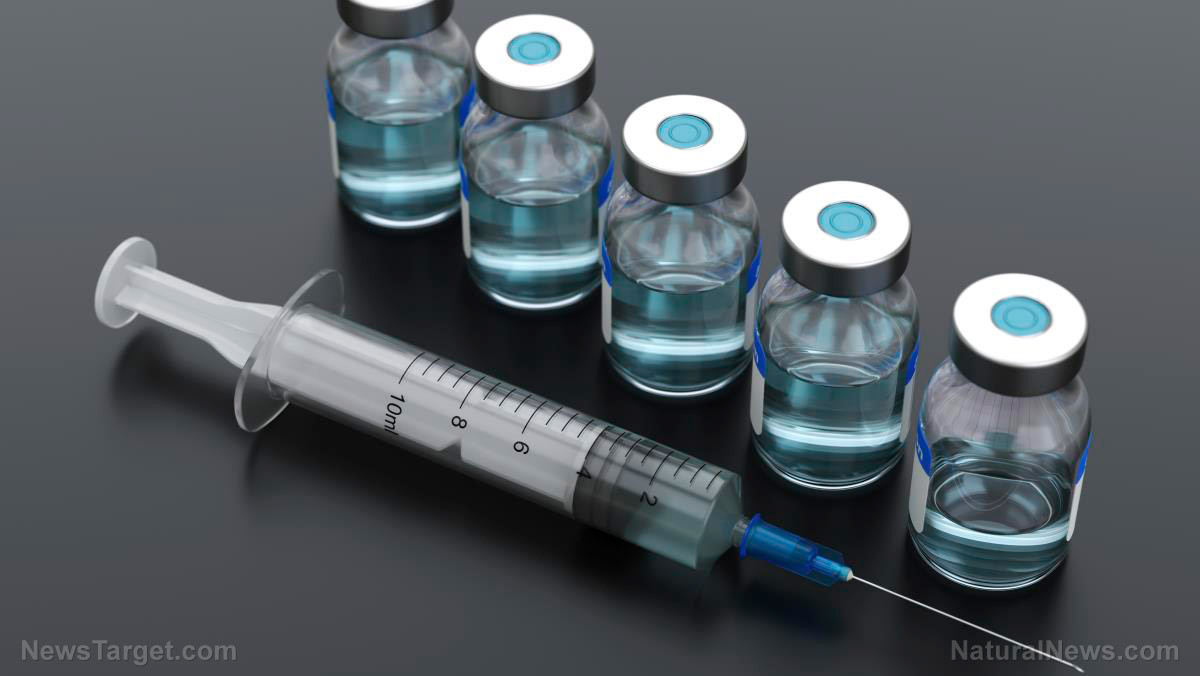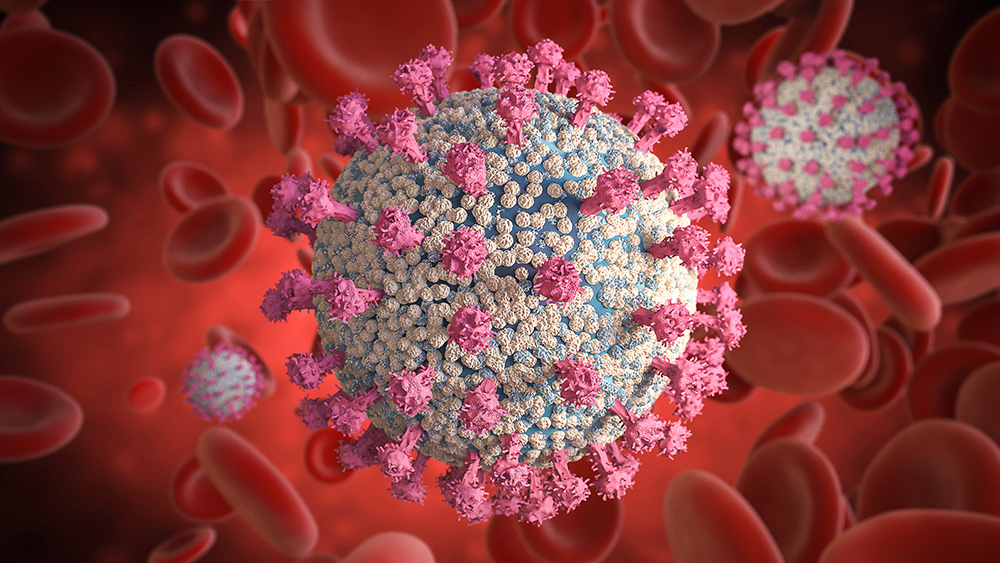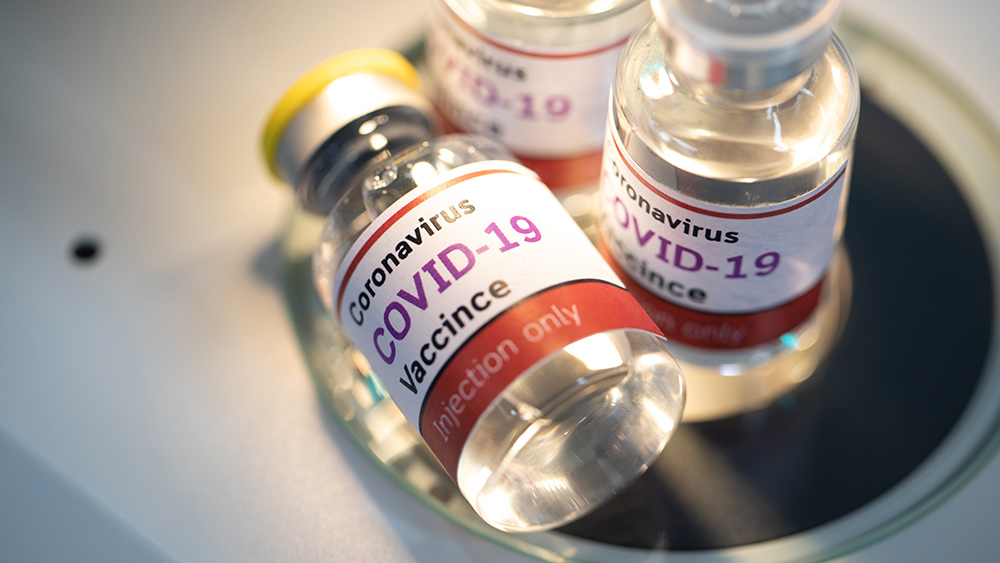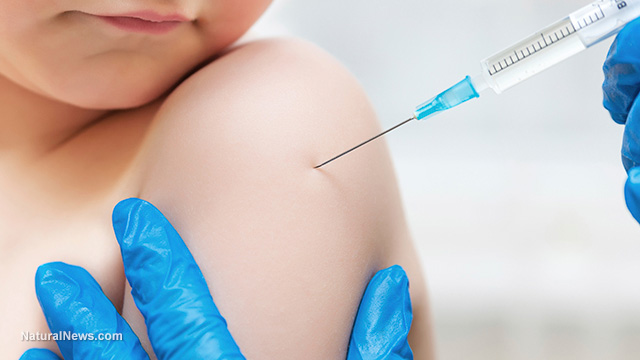A groundbreaking study CONFIRMS that a common vaccine additive is linked to autism-like behavior
06/19/2018 / By Vicki Batts

It’s no secret that the aluminum adjuvants used to make vaccines more potent is toxic; so injecting metal into your body usually isn’t the best of ideas, now is it? But few have dared to go against the grain and take a deeper look at just how bad aluminum really is when its used in vaccine preparations. While it’s been proven to be neurotoxic, for some reason, Big Pharma has continued to get away with including aluminum as a vaccine ingredient for years — and no one has dared to speak out about the very real threat it poses. But now, research from the University of British Columbia in Vancouver, Canada is pointing the finger at aluminum — and you’ll never guess what it’s been linked to: Autism.
Despite the mainstream media’s attempts at slandering anyone and any science that even hints at a link between vaccines and autism as “anti-science” or whatever the latest insult du jour may be, it turns out that denialism isn’t really science, either. Ironically enough, refusing to acknowledge the threat posed by neurotoxic vaccine ingredients is about as anti-science as you can get. How long will it take for Big Medicine and their media shills to try to bury this study?
Aluminum and “autism-like” behavior
Scientists at the University of British Columbia recently conducted studies of how aluminum affected behavior in young rats. What they found was that rats exposed to aluminum in early life exhibited social symptoms similar to autism; specifically, a decreased social interest when compared to normal, non-exposed rats of the same age.
In their conclusion, the team stated, “This is the first experimental study, to our knowledge, to demonstrate that aluminum adjuvants can impair social behavior if applied in the early period of postnatal development.”
While the researchers caution that there is still much to learn about potential links between aluminum and autism in humans, their findings are still the first of their kind — and certainly, highlight the fact that aluminum adjuvants clearly have not been adequately studied. Cannabis remains illegal due to “insufficient evidence” to support it’s medicinal benefits — yet we are blindly inoculating our children with a known neurotoxic substance, with no real understanding of its effects?
In their paper, the team also describes what inspired their research: The discovery of a correlation between the total number of aluminum adjuvants administered to kids via vaccines and spiking rates of autism.
“These correlations satisfied eight out of nine Hill criteria for causality. Experimental studies have demonstrated a range of behavioral abnormalities in young mice after postnatal exposure to aluminium,” the scientists add.
Other concerns about aluminum in vaccines
As World Mercury Project notes, aluminum adjuvants have been linked to an array of health issues. These include neuromuscular and multiple organ system dysfunctions, including macrophagic myofasciitis (MMF) and autoimmune/inflammatory syndrome induced by adjuvants (ASIA), along with effects on the central nervous system and the immune system. The neurotoxic metal has also been linked to Alzheimer’s disease.
Moreover, WMP explains that “almost 100 percent of the intramuscularly injected aluminum (as in vaccine adjuvants) is absorbed into the systemic circulation and travels to different sites in the body such as the brain, joints and the spleen where it accumulates and is retained for years post-vaccination.
All of this raises the question: Why is aluminum really in vaccines, if it’s clearly not for our health?
Learn more about what’s hiding in those inoculations at Vaccines.news.
Sources for this article include:
Submit a correction >>
Tagged Under:
Aluminum, autism, behavioral abnormalities, Big Pharma, neurotoxins, toxins, vaccine, Vaccine dangers, vaccines
This article may contain statements that reflect the opinion of the author
RECENT NEWS & ARTICLES
Vaccines.News is a fact-based public education website published by Vaccines News Features, LLC.
All content copyright © 2018 by Vaccines News Features, LLC.
Contact Us with Tips or Corrections
All trademarks, registered trademarks and servicemarks mentioned on this site are the property of their respective owners.






















